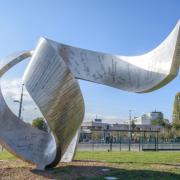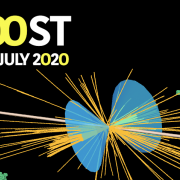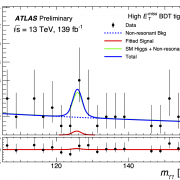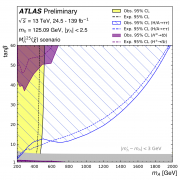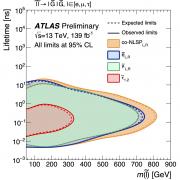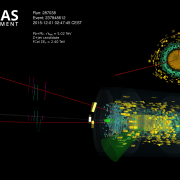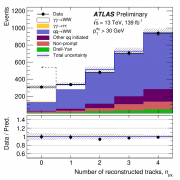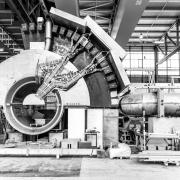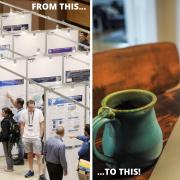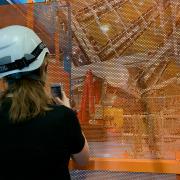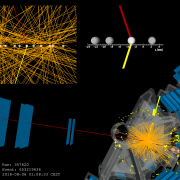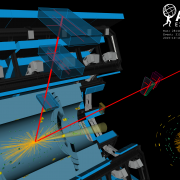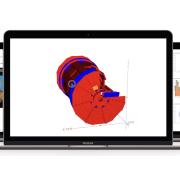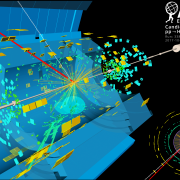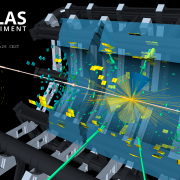Access to Collaboration Site and Physics Results
Updates tagged: “Control Room”
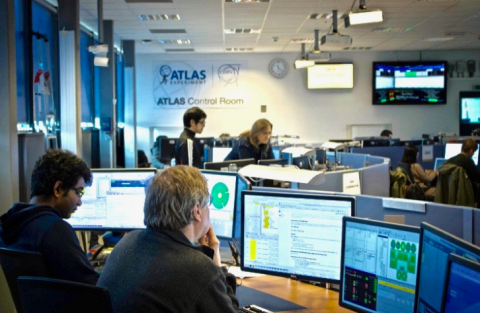
ATLAS on track for 2018 data taking
It’s kick off at the Large Hadron Collider! Proton beams are circulating once again in the accelerator, marking the start of a new year of exploration for the ATLAS experiment.
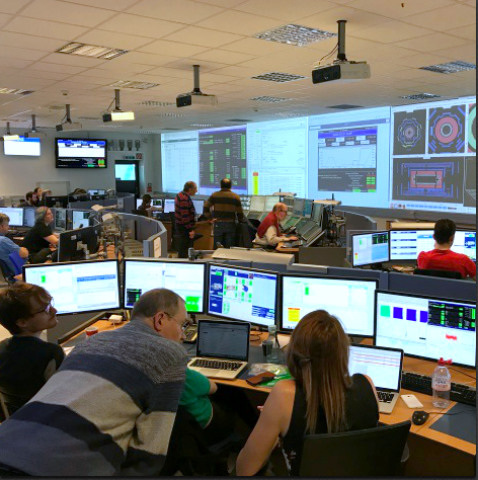
How to run a particle detector
If you are interested in particle physics, you probably hear a lot about the huge amount of data that is recorded by experiments like ATLAS. But where does this data come from? Roughly speaking: first you have to plan, build and maintain an experiment and in the end you need people to analyse the data you’ve recorded. But what happens in between? What happens in the day-to-day life of people in the ATLAS control room, who are responsible for keeping all that great data coming?
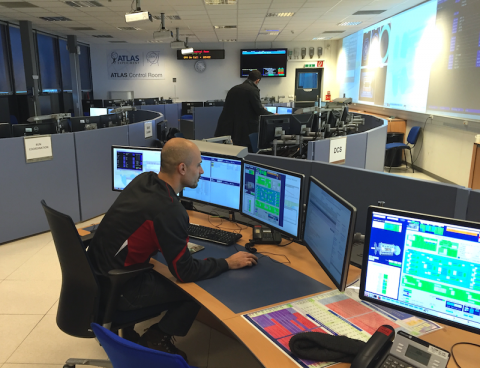
A busy day in the life of high energy physicist
My work involves analyzing data to try to understand how nature works at the most fundamental level, by searching for new particles and ways in which they interact. Specifically, I am looking at the top quark, which is the heaviest fundamental particle known to exist, with a mass of about 180 times that of a proton.
.jpg%3Fitok=6Ss7papR)
An insider view of the "marten affair"
Friday morning, 29 April 2016: what was expected to be a productive shift turned out to be very different.
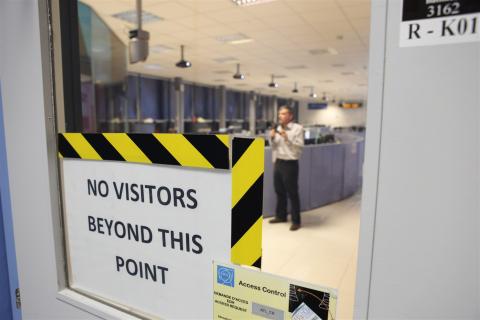
A summer evening in the ATLAS control room
The sun has already set over Geneva when I finally walk out from the ATLAS control room. We have been waiting for beams to be injected into the machine since the early hours of the afternoon, but without much success so far. Just a regular day for the most ambitious particle accelerator mankind has ever built, but a pretty boring afternoon for our entire shift crew.
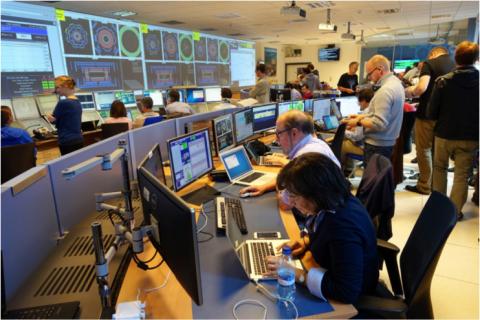
Impressions from the control room
As final preparations were made for the start of the Large Hadron Collider's (LHC) Run 2, the ATLAS Control Room was the centre of activity. Here are images from the three days that were landmark events...
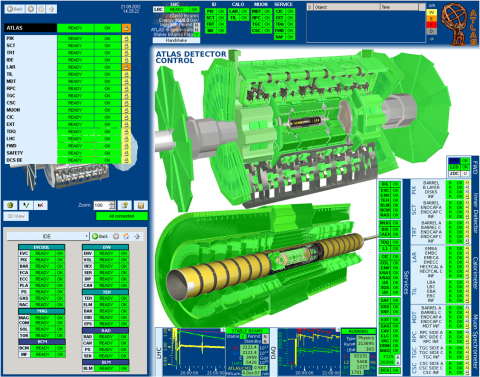
Coordination for collisions
There is the Large Hadron Collider and then there are its experiments. When the collider is ready to circulate proton beams, the experiments have to be ready to receive them.
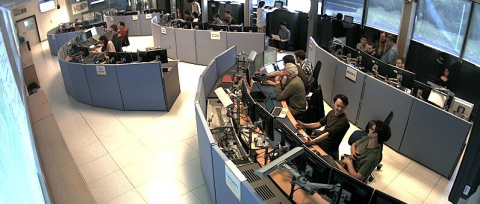
The Symphony of ATLAS
Bringing the nine-storey high, many-layered ATLAS detector back to life and preparing it for the Large Hadron Collider's next run is a complex task. Each sub-detector is setup and thoroughly tested before they are joined and the detector as a whole can begin recording data again.

The longest shift
The clock just turned 2:00 a.m., again, on LHC Page One – the machine’s online status viewer – and I’m pondering just how I ended up on the longest shift of the year. I normally love this evening, snuggling under a warm comforter for that extra hour of late-autumn sleep. But, this year, on the very hour we ‘fall back’, I am cuddling with the controls of ATLAS’s 46 meter long muon spectrometer, a bar of chocolate and an extra cup of coffee. So be it.
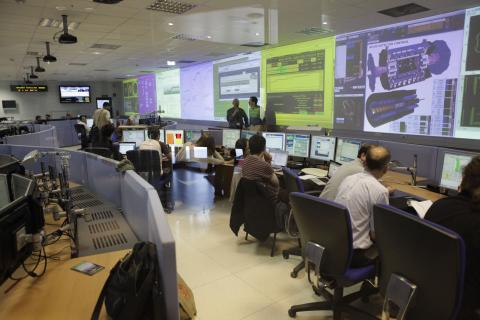
Frantic for femtobarns...
In particle physics, we describe the number of interesting particle collisions that we have in our data in terms of the "integrated luminosity", which is measured in units called inverse femtobarns. In the whole of 2010, the LHC delivered about 0.04 inverse femtobarns (about 3 million million collisions). Nowadays, it can deliver twice that in a single day!


